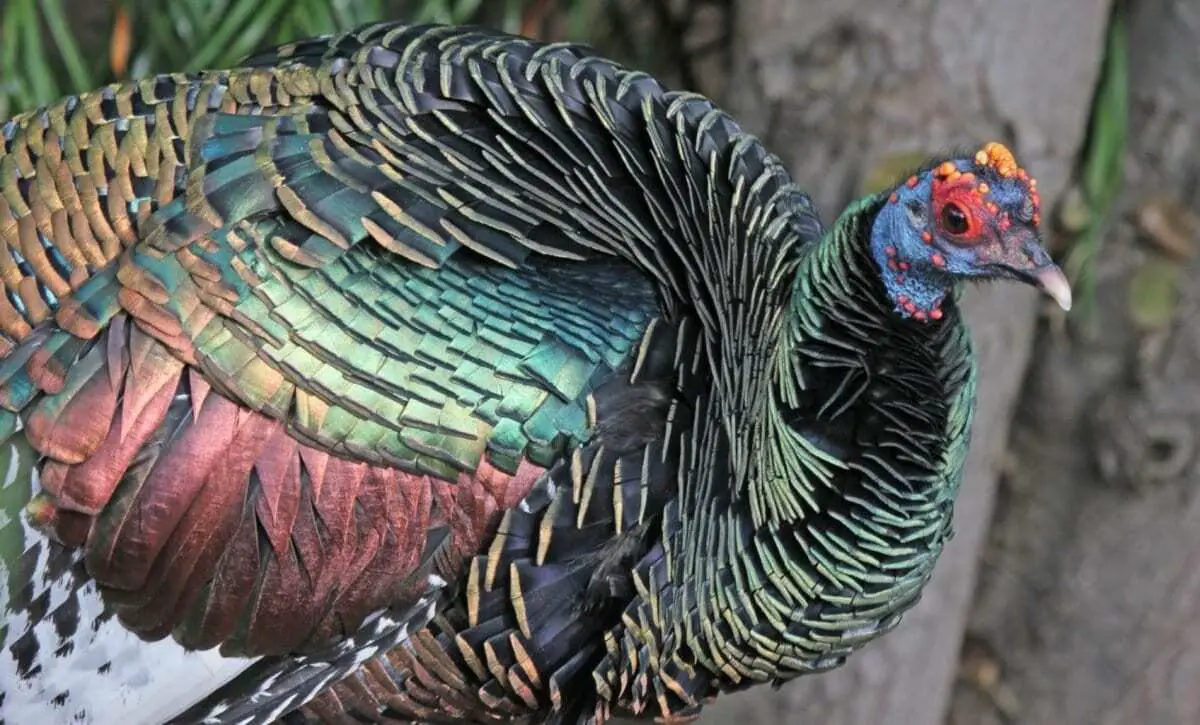An international team of researchers from the University of York, the Institute of Anthropology and History in Mexico, Washington State University and Simon Fraser University have been studying the earliest indication of domestic turkeys in ancient Mexico.
The team studied the spatial remains of 55 turkeys, dating from between 300BCE-1500CE in various parts of pre-Columbian Meso-America.
They discovered that Turkeys weren’t just a prized food source, but was also culturally significant for sacrifices and ritual practices.
Marie Skłodowska-Curie Fellow in the Department of Archaeology at the University of York, Dr Aurélie Manin, said: “Turkey bones are rarely found in domestic refuse in Mesoamerica and most of the turkeys we studied had not been eaten – some were found buried in temples and human graves, perhaps as companions for the afterlife. This fits with what we know about the iconography of the period, where we see turkeys depicted as gods and appearing as symbols in the calendar.
“The archaeological evidence suggests that meat from deer and rabbit was a more popular meal choice for people in pre-Columbian societies; turkeys are likely to have also been kept for their increasingly important symbolic and cultural role”.
Dr Camilla Speller of the University of York said: “Even though humans in this part of the word had been practicing agriculture for around 10,000 years, the turkey was the first animal, other than the dog, people in Mesoamerica started to take under their control.
“Turkeys would have made a good choice for domestication as there were not many other animals of suitable temperament available and turkeys would have been drawn to human settlements searching for scraps”
Some of the remains the researchers analysed were from a cousin of the common turkey – the brightly plumed Ocellated turkey. In a strange twist the researchers found that the diets of these more ornate birds remained largely composed of wild plants and insects, suggesting that they were left to roam free and never domesticated.
The team also measured the carbon isotope ratios in the turkey bones to reconstruct their diets. They found that the turkeys were gobbling crops cultivated by humans such as corn in increasing amounts, particularly in the centuries leading up to Spanish exploration, implying more intensive farming of the birds.
Interestingly, the gradual intensification of turkey farming does not directly correlate to an increase in human population size, a link you would expect to see if turkeys were reared simply as a source of nutrition.
By analysing the DNA of the birds, the researches were also able to confirm that modern European turkeys descend from Mexican ancestors.
Header Image: Ocellated turkey – Image Credit : Dick Daniels





